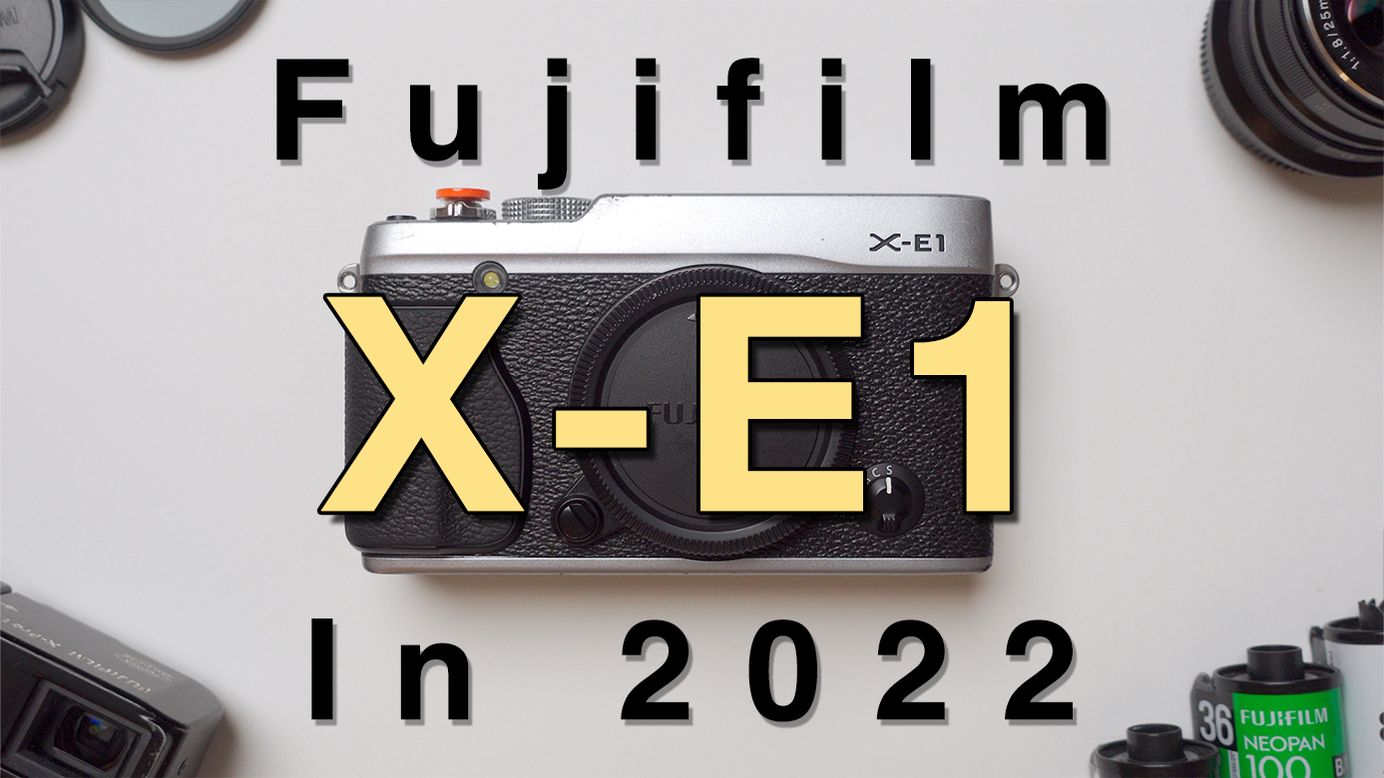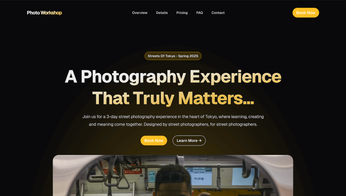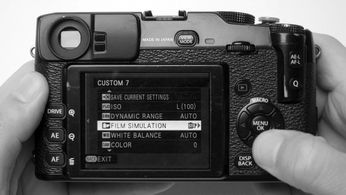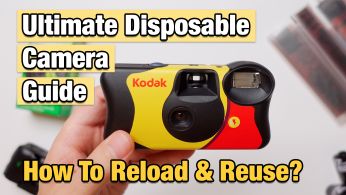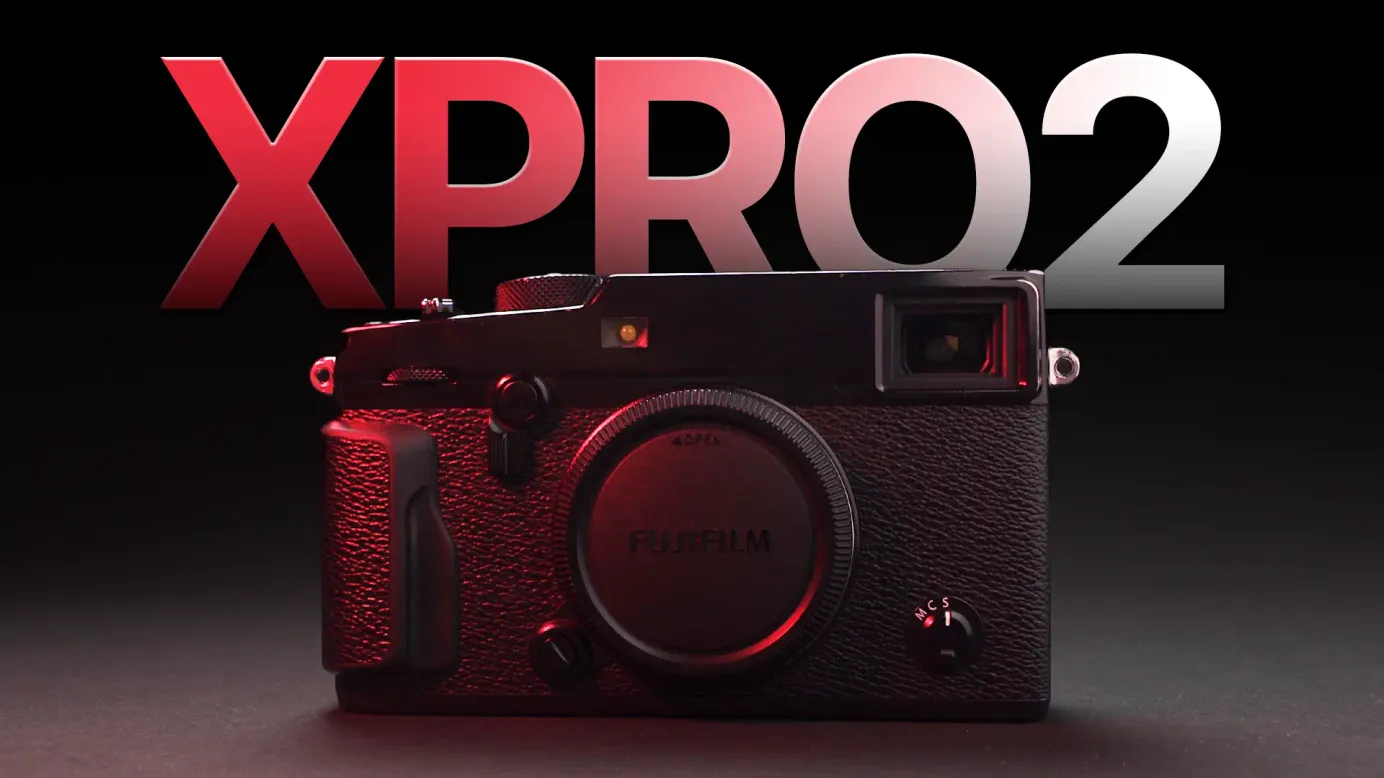
Fujifilm X-Pro2 Review
If you could have it all, when is it enough?
Table of Contents
In 2016, after a 4-year gap, Fujifilm released the successor to their Flagship X-Pro1.
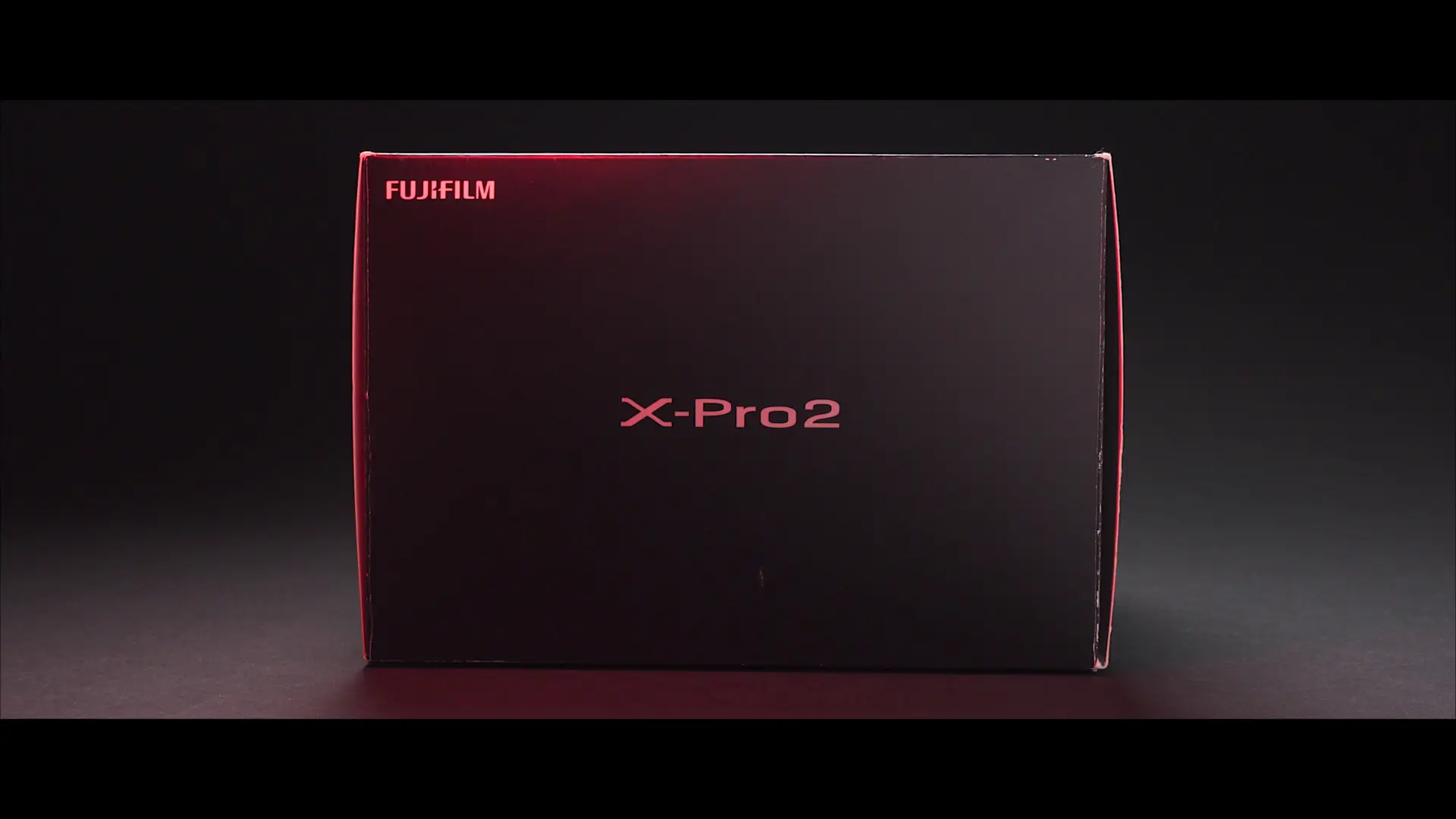
The changes and improvements were significant enough to call it a worthy upgrade, a camera for those who actually love photography. But in a world where modern photography has become a Zero-sum game of specs and soulless devices, what can be considered a worthy upgrade? when is it enough?
For me, it's about how it feels to use the camera – does it remove distractions? does it make you intentional? does it make you want to use it?

In other words, What is so special about this 7-year-old camera? is it Image quality? The build quality? the hybrid rangefinder-style viewfinder? the look and feel? or its soul?
Well, It took a year of exploration to figure it out. To capture images that I feel are worth sharing and to write this video. It’s good to be back. So, this is what I consider to be the best X-Pro camera to date. This is the Fujifilm X-Pro2.
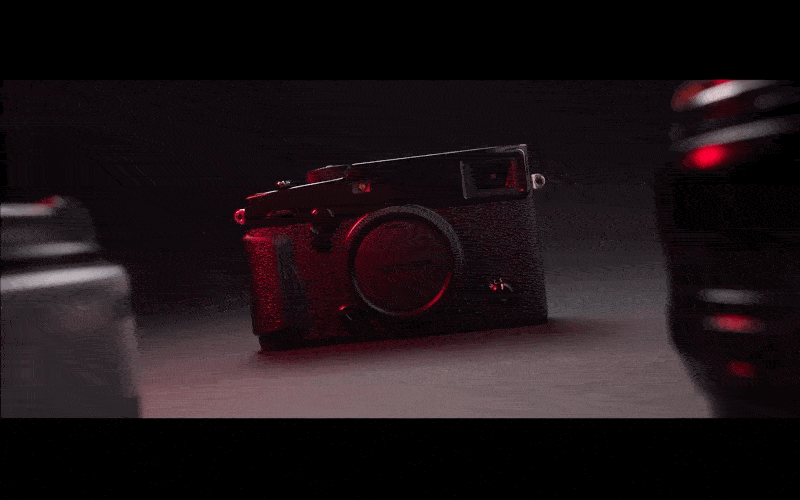
Specs & Image Quality
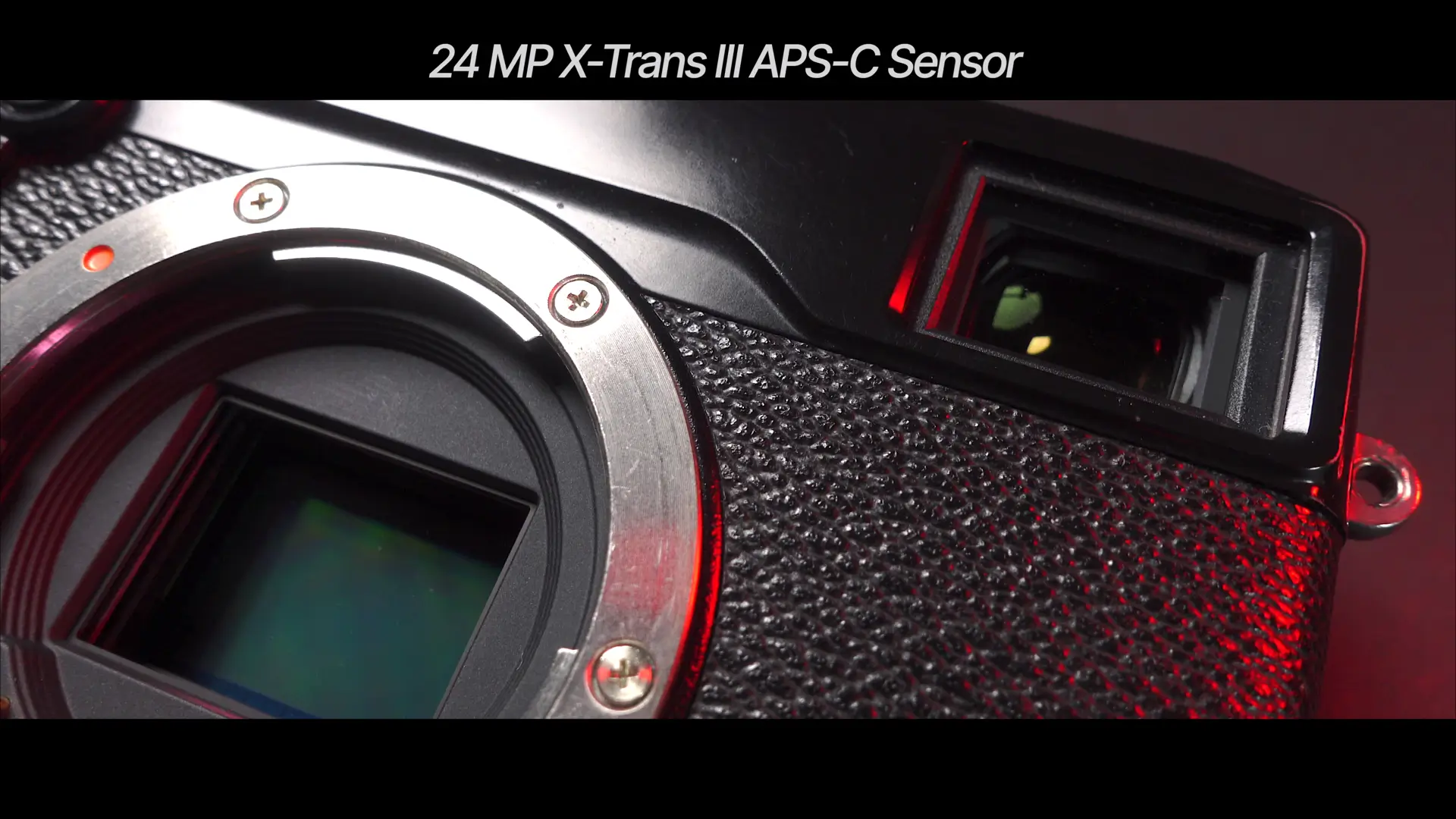
The X-Pro2 is a 7-year-old 24-megapixel APS-C rangefinder-style digital camera with a hybrid optical and electronic viewfinder, here are some of the key specs:
- 24.3-megapixel, APS-C sized X-Trans CMOS III sensor.
- Compatible with the Fujifilm X-mount system of lenses.
- ISO 200–12800, expandable to ISO 100–51200.
- Hybrid OLED/optical viewfinder.
- 1/8000 s mechanical shutter.
- Dual memory card slots.
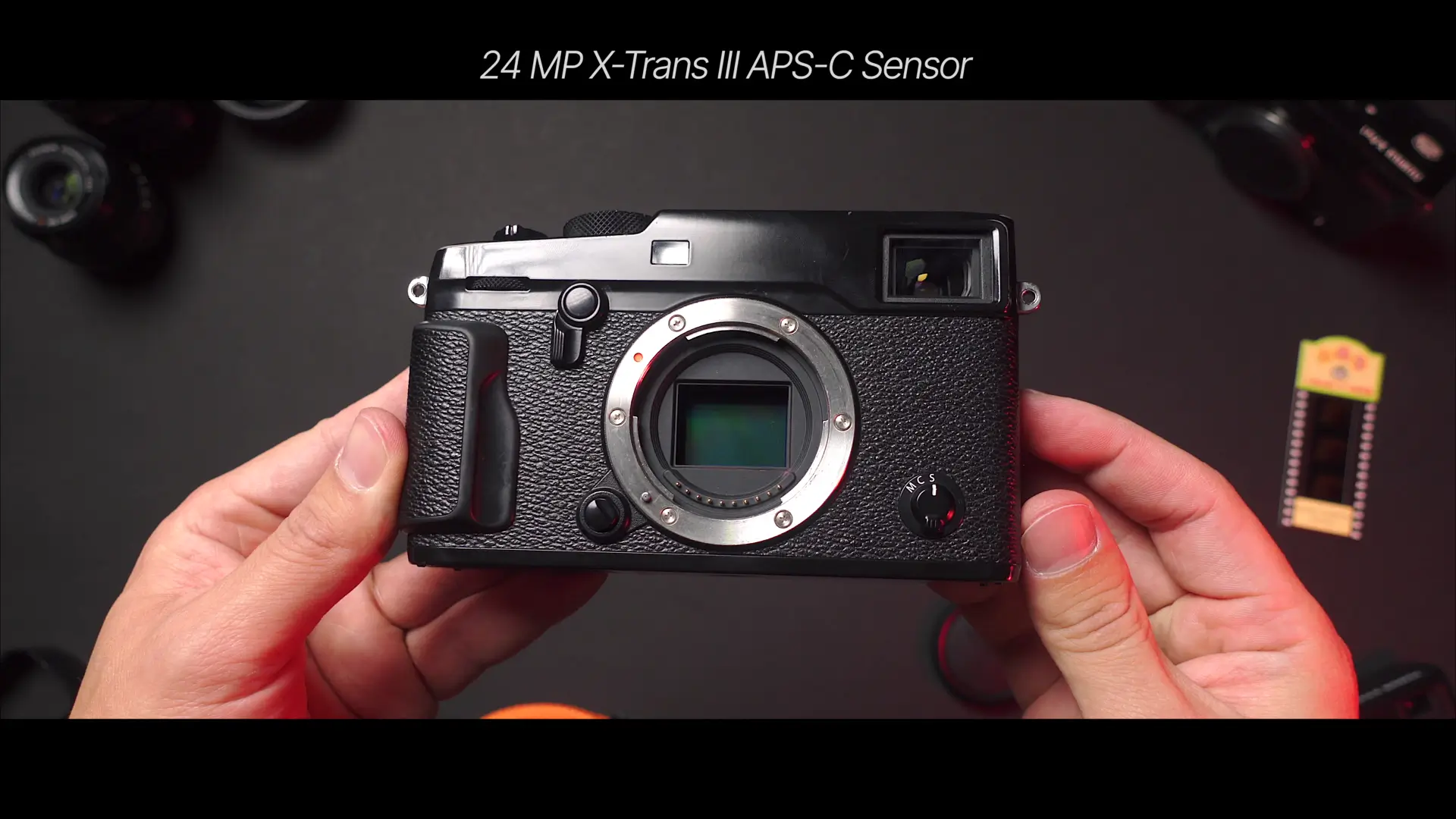
The X-Trans III sensor in the X-Pro2 retains the organic film look from the X-Pro1 while modernizing it and giving you more megapixels, making it faster, and more accurate.
24 megapixels is enough, I’ve printed my photos and done professional work with fewer Megapixels than that. From the 12 Megapixels of the original X100 to the 16 Megapixels of the X100T & X-Pro1, they look great on large prints and photo books as well. See my gallery page for more details.
The magic of the X-Pro1 is the limited latitude & dynamic range, and how that affects the roll-off of your highlights. So the image quality has already been organic since 2012.
The magic of the X-Pro2 however, is that it maintains the organic feel of the images while improving the image processing, latitude, auto-focusing, the overall operation speed, adding new film simulations and physical changes to the camera.
And it does this, without destroying the legacy of the X-Pro series, without turning it into a small computer, or a soulless machine, like most manufacturers do, and that matters.
How the camera looks & feels...

Before we continue, let’s appreciate how the camera looks and feels, being proud of how your camera looks, accessorizing it and wanting to actually use will help you greatly in your photography journey. It’s not vain or superficial IF it encourages you to always have it with you, to always be vigilant, present and to use your damn camera.

So I always put a shutter release button on it, and a matching camera strap, it makes it feel more personal, not just a random camera, but MY camera, if that makes sense at all.
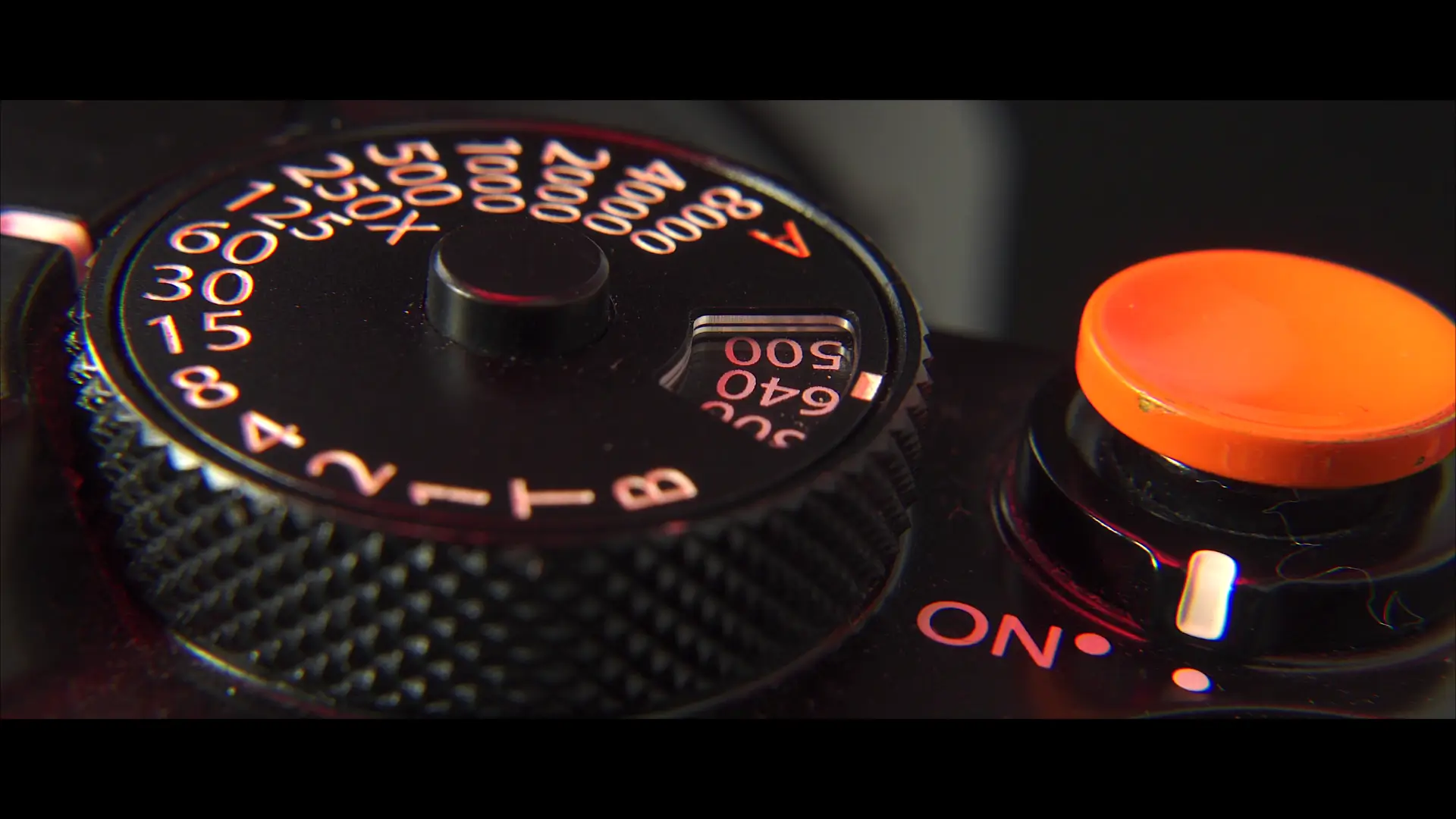
The build quality is exceptional. A classic and timeless design that resembles film cameras from the past, It feels robust, while being very small and light, at least compared to most digital cameras out there.
Ideal for a traveller, documentary & street photographer, or for someone that will never. ever. leave their home without their camera, just like me.
The X Mount

Having the option to change lenses has always been great. But with the X-Pro series, the lens choice feels more… intimate and more personal. It can allow you to test new waters and grow as an artist. But it must be intentional, having a camera bag full of lenses only amplifies the paradox of choice.
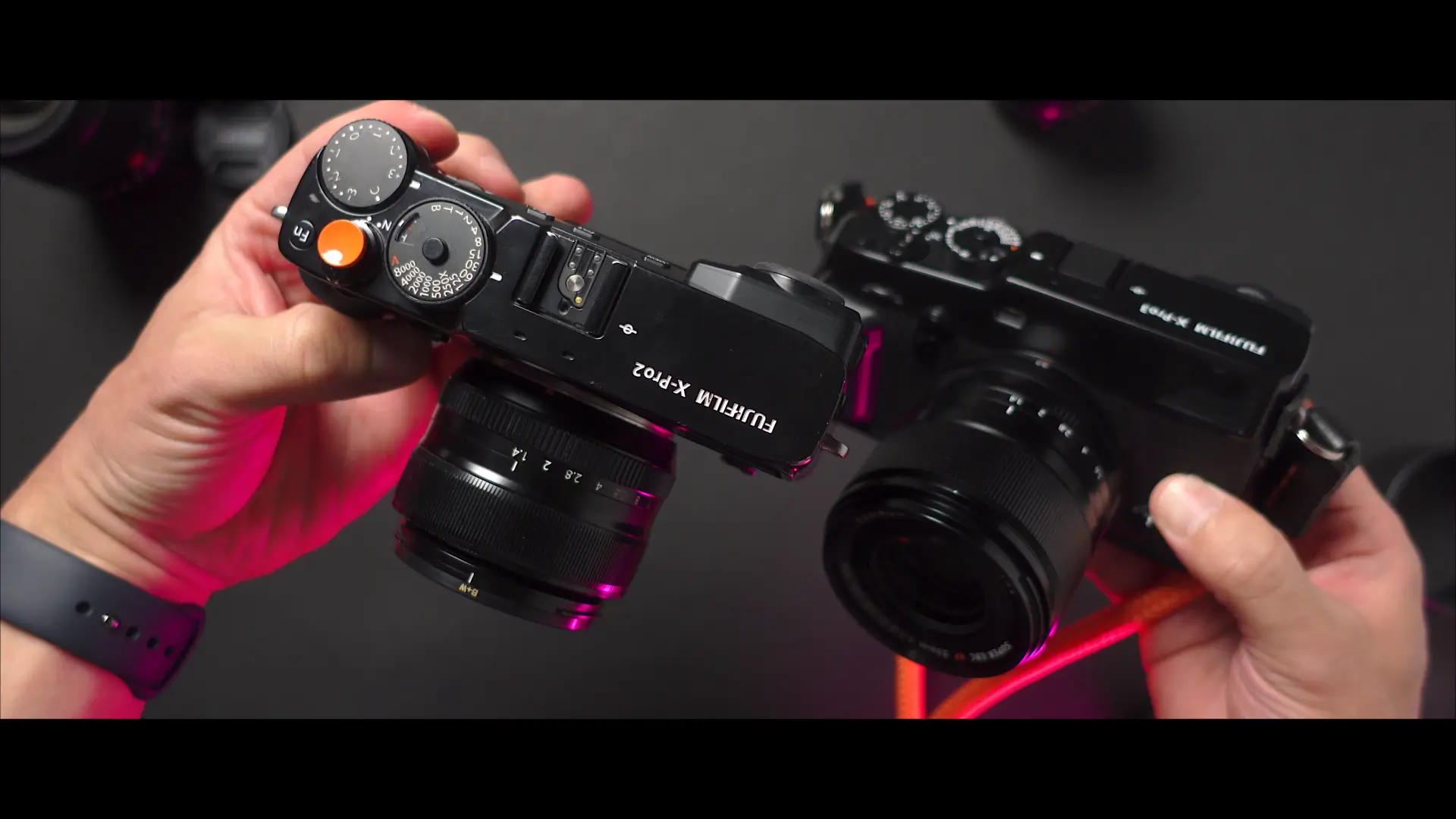
So for the past year, not only have I focused on testing the X-Pro2, but I also decided to get out of my comfort zone and pair it with different lenses, until I settled with the Fujinon XF 35mm F1.4 lens and boy… it’s the perfect lens for this camera.
I chose the older FUJINON 35MM F1.4 lens, Not the new 33mm lens, I did own the new one briefly and I did not like it that much, I prefer the 35mm instead. I will make a dedicated video and blog post on that eventually, but the character of the 35mm lens is a great match for the personality of the X-Pro2.
My photography philosophy is straightforward,
- Character vs. environment.
- Be intentional.
- Get out there and take photos.
So choosing the right lens to match the results that you want to achieve does matter. This lens has helped me apply my cinema background to my composition and frame my shots like stills from a movie, cropping to a 2:35:1 aspect ratio, or cinemascope ratio.

This is something that I really wish Fujifilm included in all of their cameras, more selections for aspect ratios and shooting modes, including anamorphic lenses as well.
The Viewfinder

I have mentioned this before, But I live inside the viewfinder while shooting, it allows me to give my full attention to the moment, the frame, and focus. And being right-eye dominant, the rangefinder-style viewfinder elevates my shooting experience.

The hybrid viewfinder is a joy to use, not only do you have the optical and electronic viewfinder, but you can also have an electronic rangefinder or ERF. A dual view option that combines the analog feel of the optical viewfinder with an electronic magnification screen.
This is not my preferred way to use the viewfinder, however, in my experience, the ERF is actually very useful for shooting with manual lenses and focusing manually. The ERF, combined with more peaking options and peaking colours which are very lacking on the X-Pro1, make the manual shooting experience very pleasant, not to mention that it also saves tons of battery life. So if that is the primary way you want to shoot, then the ERF is a must.


The addition of the diopter dial is a blessing, this dial allows you to quickly adjust the focus of the viewfinder displays without using adapter rings, It's definitely a nice upgrade, especially if you wear eyeglasses.
The Classic Chrome Film Simulation

The first time I shot with classic chrome I was in awe, I couldn't believe digital cameras were capable of this organic look. It was my first digital camera, a used X100T, then I moved to Japan and focused on street photography, and that was, the beginning of my journey.
I know it’s now a common film simulation, but I know how it feels to use it for the first time and just be blown away. Customizing everything and fine-tuning your simulation profiles is one of the joys of Fujifilm cameras. It’s good to have raw files if you want, and futureproof and preserve your work. But simulation recipes are not about choosing the easy way out or the AUTO mode.
For me it’s the complete opposite, it's about being intentional, it’s about capturing everything that you want in-camera right then and there, and to do that, you need to have your own voice, your own vision, tone, and mood style.
The Physical Changes & Improvements
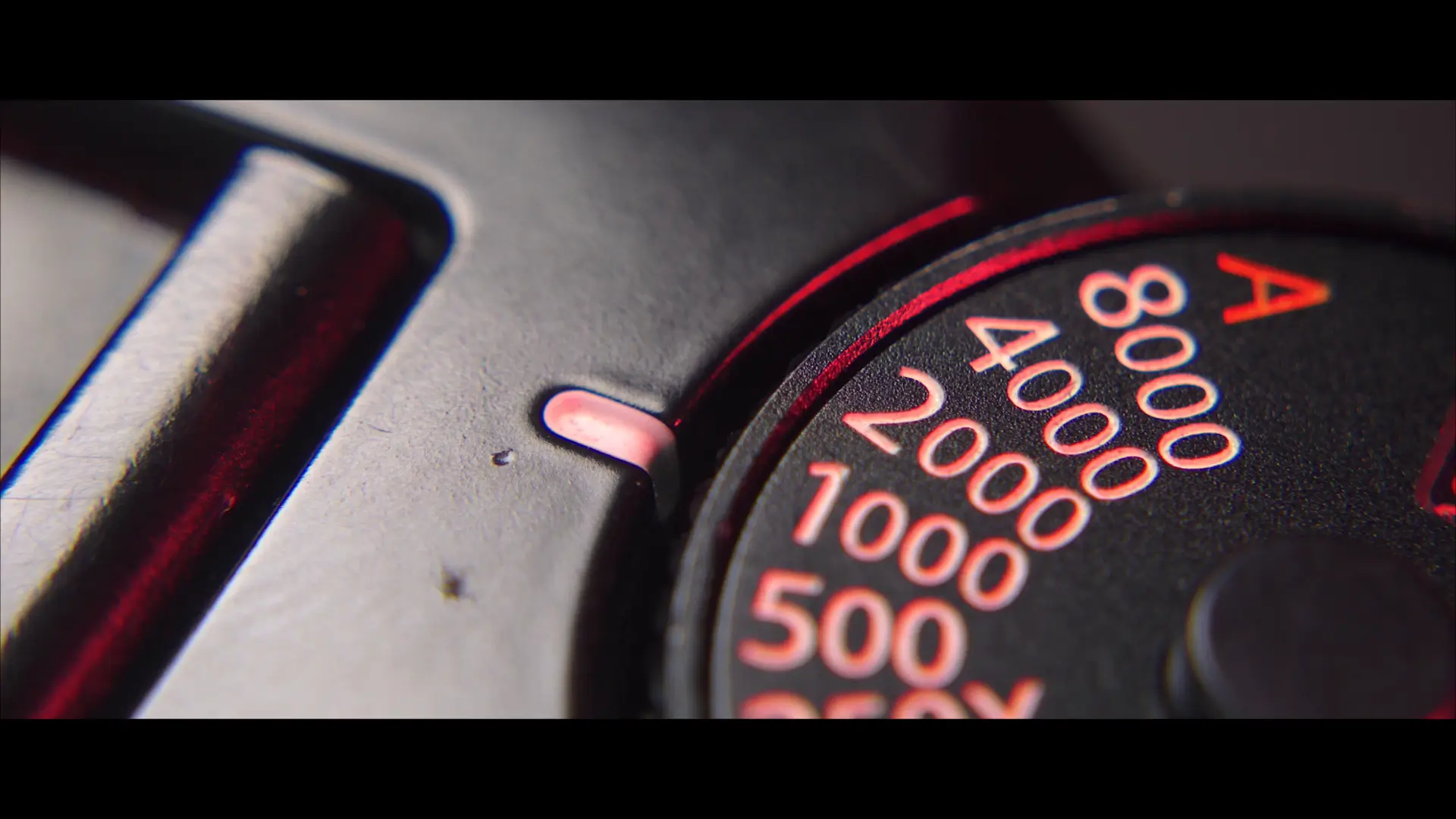
An improved mechanical shutter that goes up to 1/8000th of a second, which is especially great for street photography.
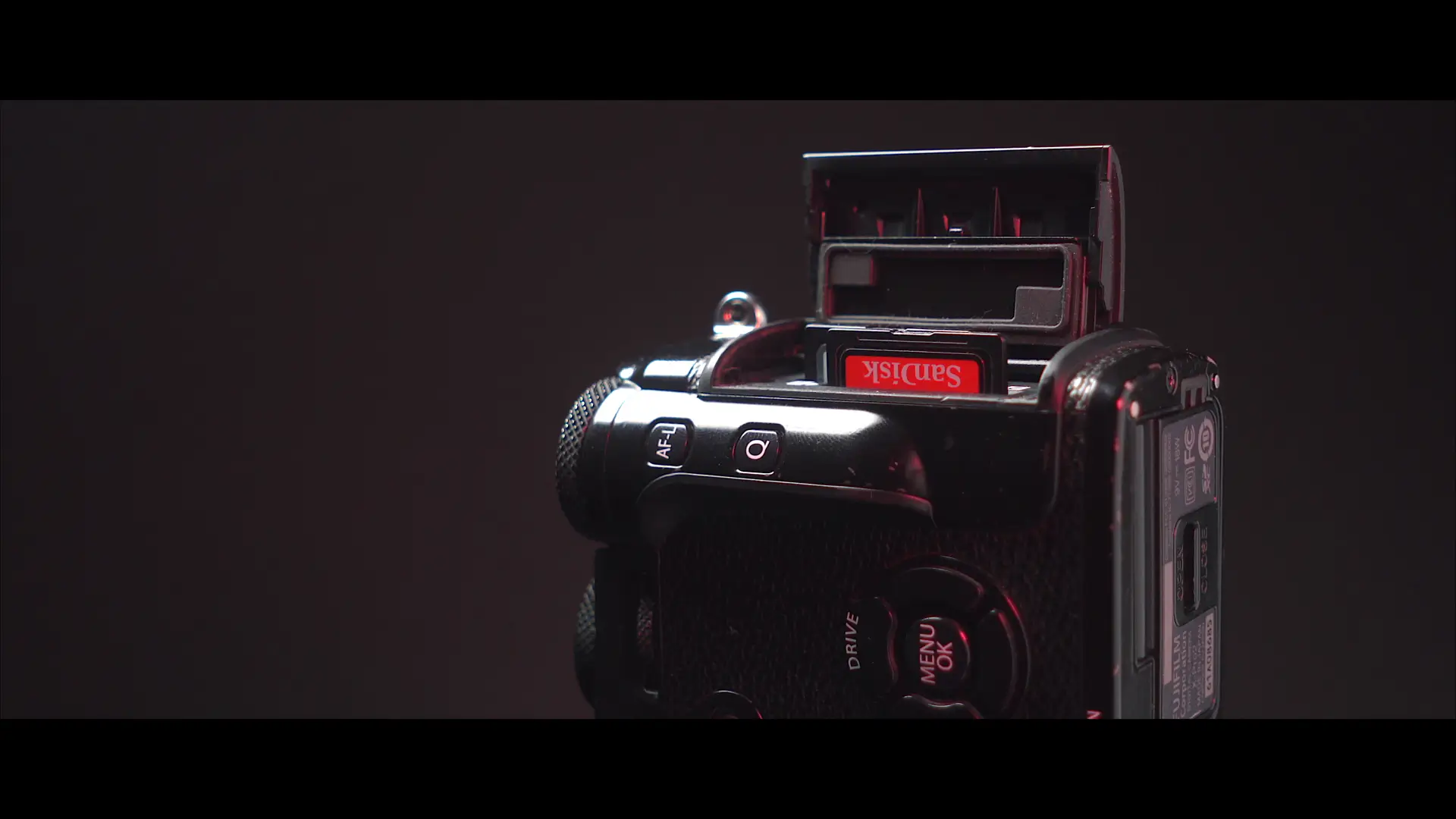
A dual SD card slot that offers redundancy and safety for your work in an ever-increasing digital world.


The already mentioned improved optical and electronic viewfinder with a new diopter adjustment dial.
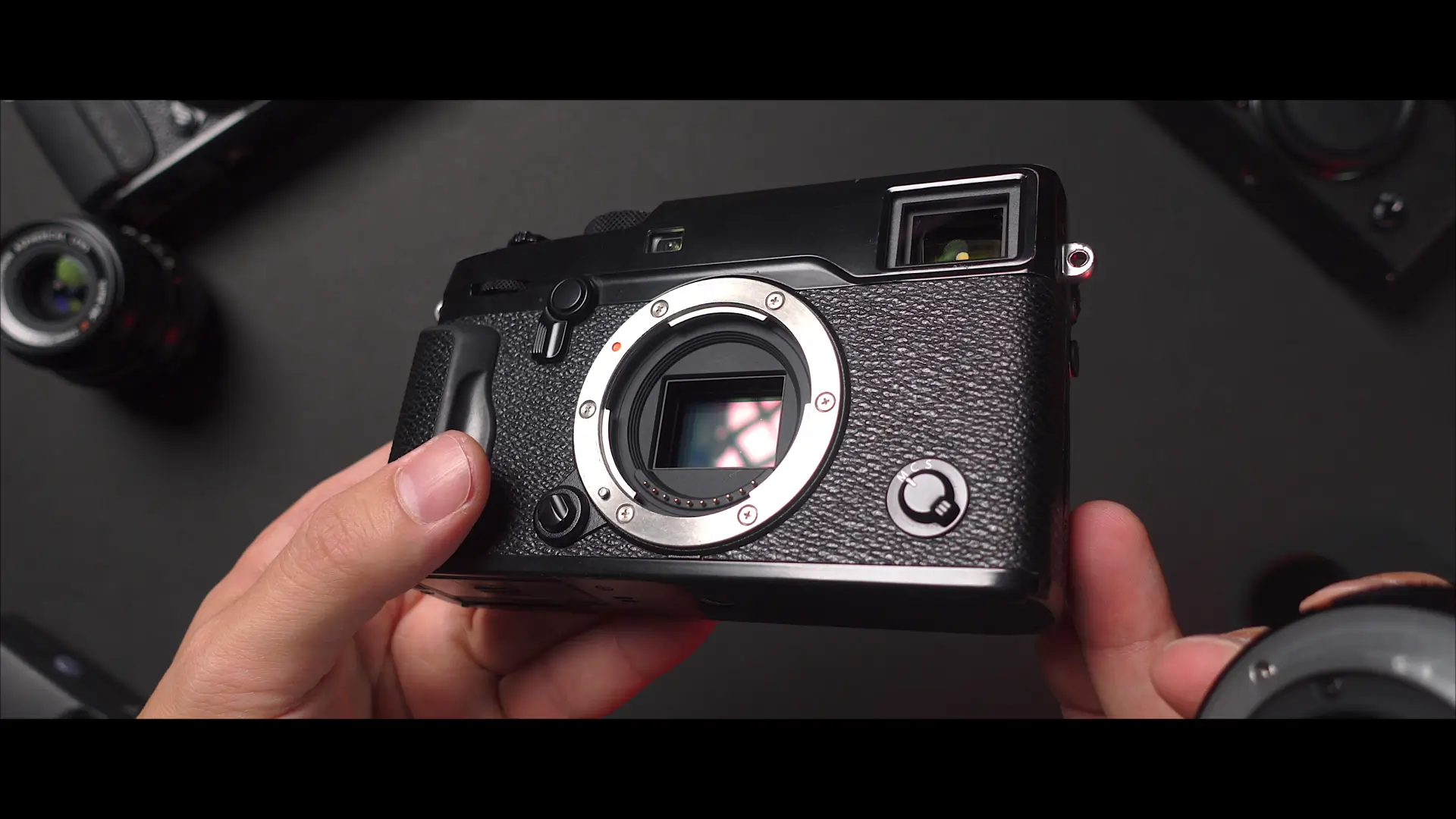
The rugged, heavy-duty & durable body design and the fact that is weather-sealed.
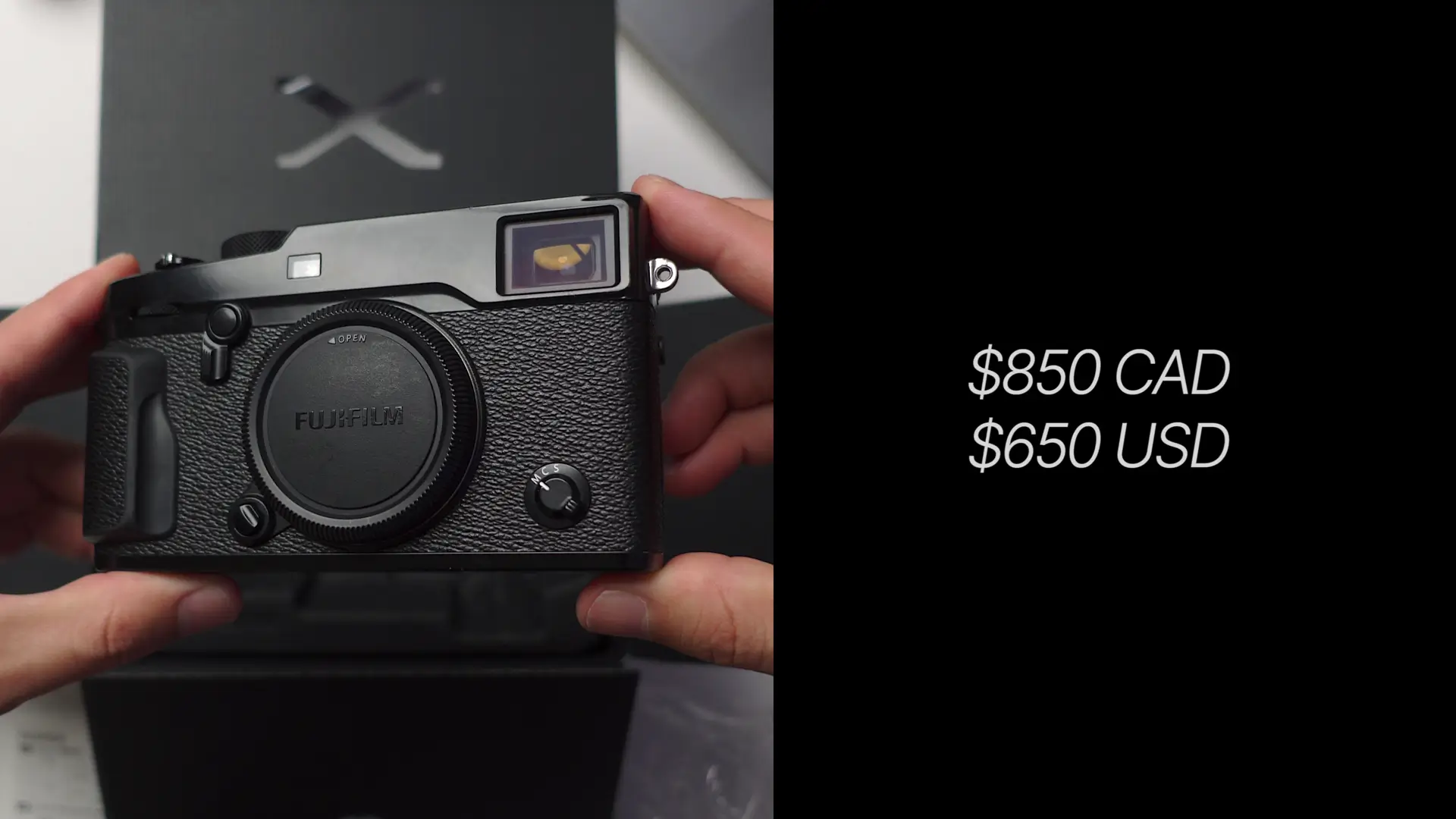
The fact that I found mine used, in good condition, with a box and all the original accessories for under 850 Canadian dollars, or USD 650.
So yes, the little things can add up… but these mean absolutely nothing if you don’t actually make time or put an effort to practice the craft.
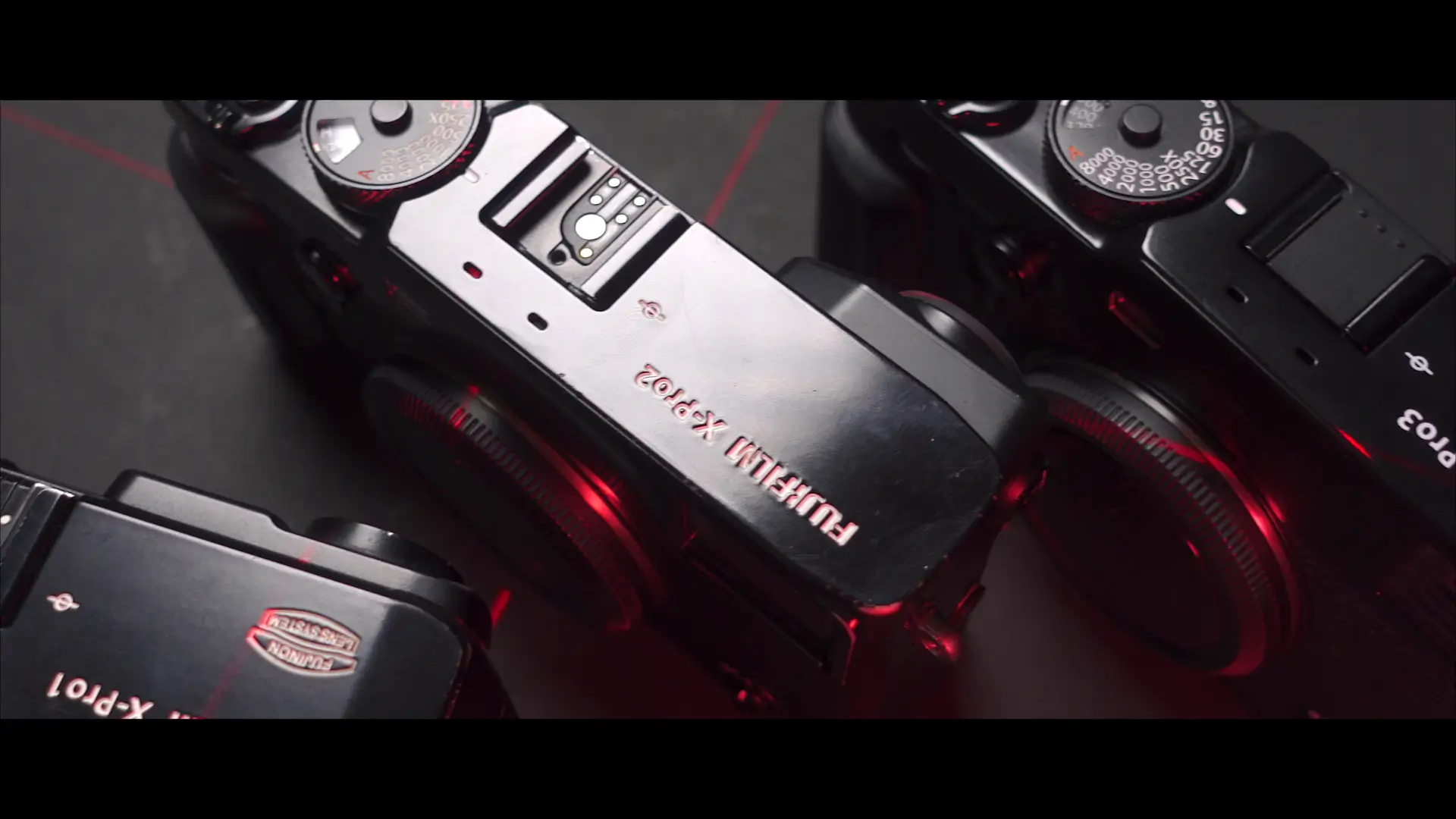
I am not here to sell you on the X-Pro2, I own all of the X-Pro cameras, I love them all and I use them all. If you like them or dislike them, if you get one or not, it does not affect my life whatsoever...
I am here, however, to answer the question that I asked you at the very beginning of this post.
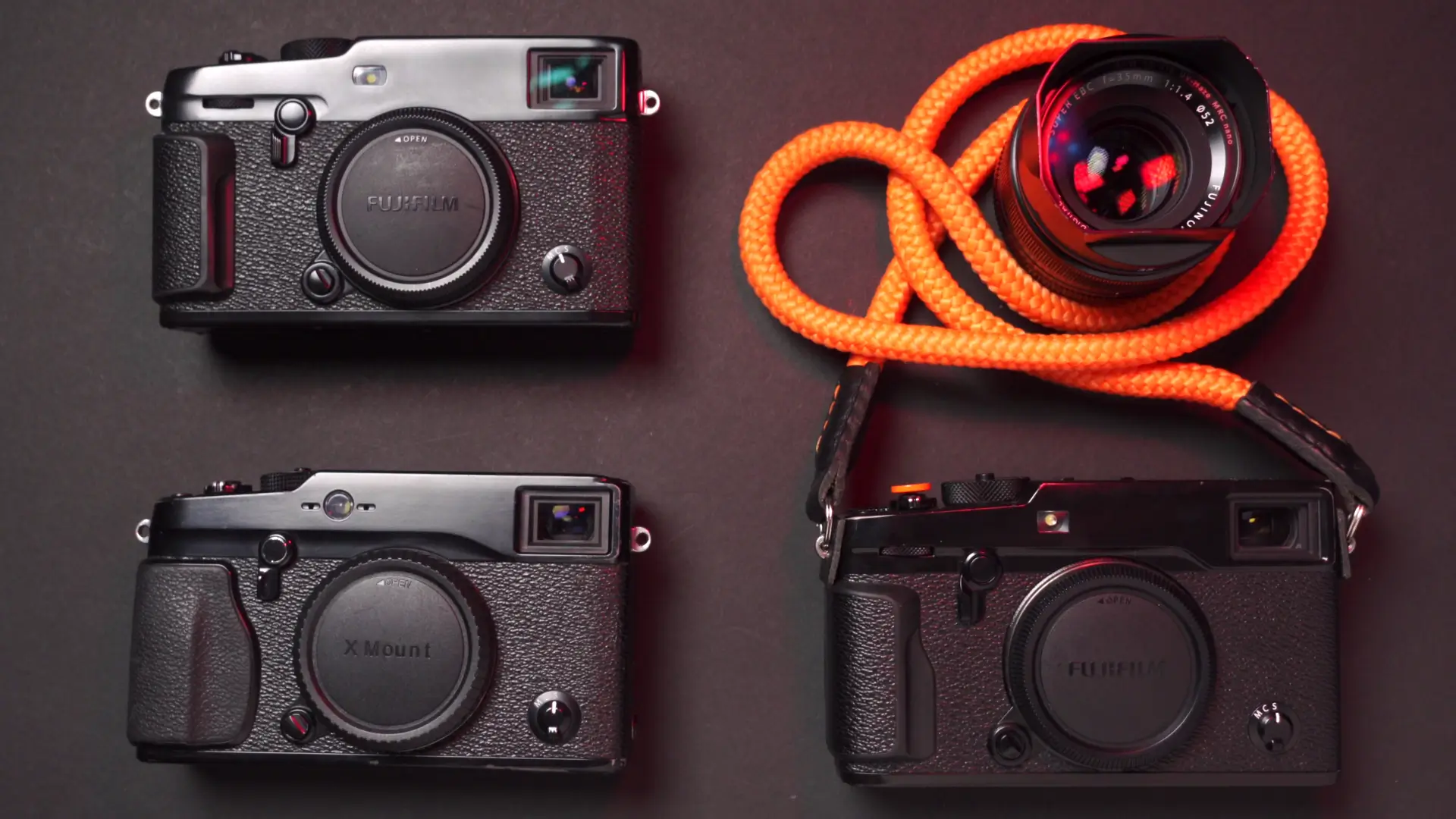
If you could have it all, when is it enough?
Well… The X-Pro2 is enough.
Stop wasting your time focusing on meaningless specs on a piece of paper. Start focusing your time and energy on mastering your skills, developing your own voice and tone and practising the craft.
Don’t let life and work and responsibilities and ideal specs on a piece of paper paralyze you into inaction. Do yourself a favour and get out there, chase the sunlight, chase the moonlight, capture moments in time and create memories.
YouTube Video Review
Or, you can watch the full YouTube Video Review down below:


